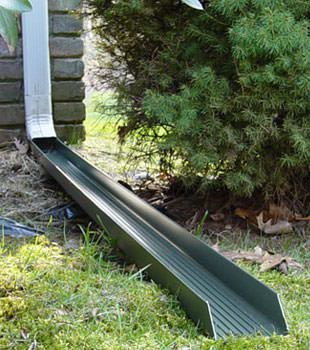Grading
Grading
If the land around your foundation is not graded correctly, water won’t drain properly so instead of being channeled away from the building, it could flow toward it. During significant rainfall, water would then accumulate around the foundation and pose a threat of interior flooding and water damage.
Over the years, the excavated soil around the foundation of your home will begin to settle. As it does, it creates a “dip” in the yard around the edge of the foundation that will collect water and encourage it to pool around your foundation. A sloped surface is required to effectively drain water away from the foundation walls including areas under steps and decks. This will greatly reduce the risk of surface water entering the basement during rainfalls or snowmelt.
If the foundation soil is pitched towards your home, it’s recommended that you add dirt to the area until the slope moves away from the house (this is known as “grading”). This soil should be dense - preferably clay soil. Adding sand / mulch will only allow drain water straight through and around your foundation, ultimately making the water problems around the foundation worse. It’s also important to make sure that the soil does not reach up to the siding. A six-inch gap between the soil line and the siding will ensure that it will not rot or become a pathway for insects seeking to enter your home.
Along with ensuing you have proper grading you must maintain gutters and downspouts. If a gutter is clogged with leaves and debris, it won’t be able to do its job. Follow good home maintenance practices and regularly check that your gutters are clear at all times, and, if possible, screened to help prevent leaves from clogging the drainage. Second, make sure to angle and extend your downspouts 6 feet away from your foundation so water is not being ejected next to the foundation walls.


